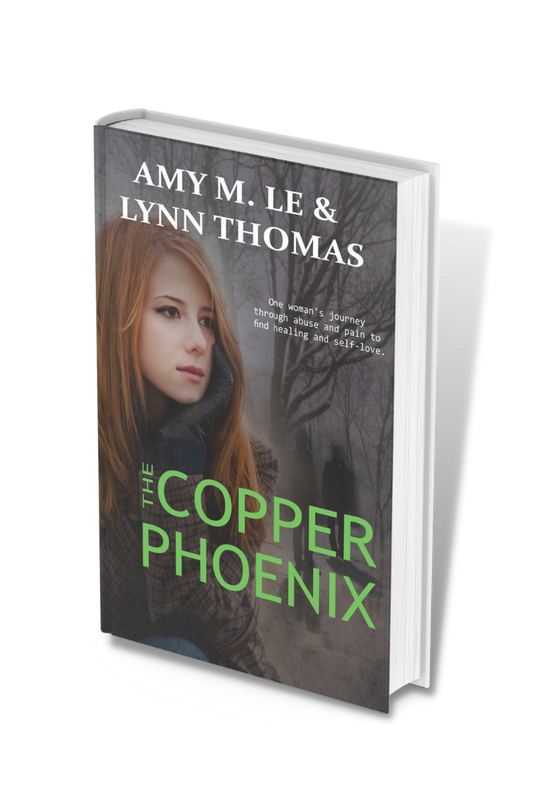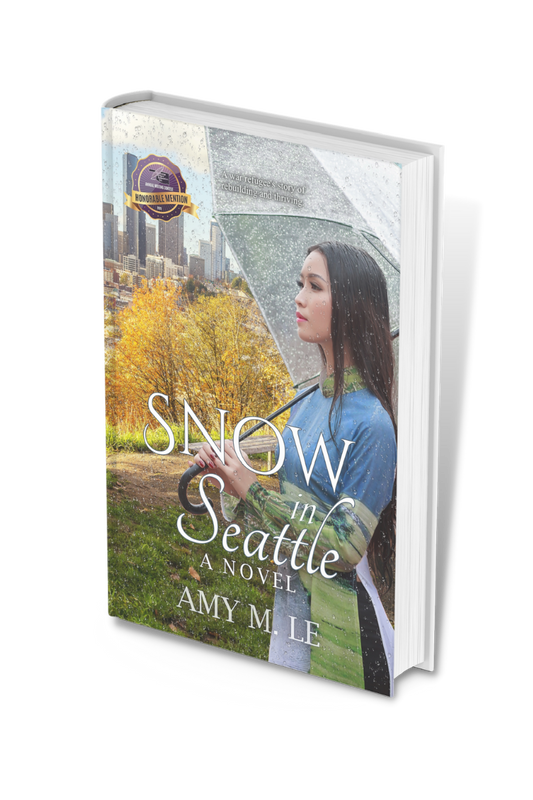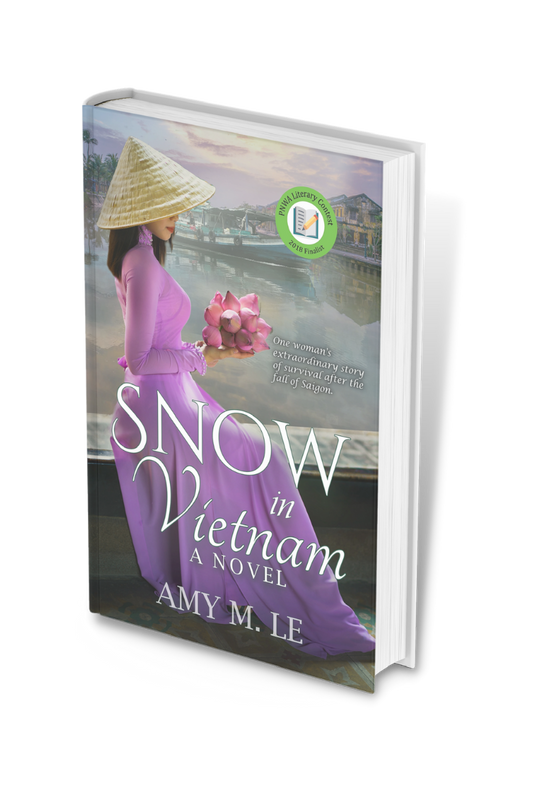Writing good flash fiction stories requires a unique set of skills due to the tight word constraints and the need to deliver a powerful impact within a limited space. Most flash fiction stories are less than 1,500 words... some as little as 300 words. Here are some elements to consider when crafting effective flash fiction stories:
-
Strong Opening: Begin with a compelling hook that immediately captures the reader's attention. Since you have limited words to work with, make every sentence count. Consider starting in the middle of the action to engage the reader from the beginning.
-
Focused Theme or Idea: Choose a specific theme, concept, or idea to explore in your story. Flash fiction doesn't have room for elaborate plots or subplots, so focus on a single central theme to create a cohesive narrative.
-
Well-Defined Characters: Develop characters with distinct personalities, motivations, and desires. While you may not have the space for extensive character development, a few well-chosen details can create memorable and relatable characters.
-
Economical Language: Every word in flash fiction should serve a purpose. Use concise and vivid language to convey information, evoke emotions, and create imagery. Remove any unnecessary words or descriptions that don't contribute to the core of the story.
-
Implied Backstory: Flash fiction often implies more than it explicitly states. Use subtle hints and implications to convey backstory, relationships, and context. Trust your readers to fill in the gaps.
-
Conflict and Resolution: Introduce conflict early on to drive the story. The resolution doesn't need to be definitive, but it should provide closure or provoke thought. Consider ending with a twist, a revelation, or an open-ended question.
-
Show, Don't Tell: Instead of outright explaining emotions or situations, show them through actions, dialogue, and sensory details. This engages readers and allows them to experience the story firsthand.
-
Unique Voice: Develop a distinctive narrative voice that aligns with the tone and mood of your story. The voice should reflect the character's perspective and the overall atmosphere you want to convey.
-
Pacing: Use pacing to your advantage. Shift between moments of action and introspection to maintain reader engagement. Vary sentence lengths to create rhythm and flow.
-
Symbolism and Metaphor: Utilize symbolism and metaphor to add depth to your story without using extra words. These literary devices can convey complex ideas and emotions in a succinct manner.
-
Title Significance: Craft a title that complements the story and adds another layer of meaning. A well-chosen title can pique curiosity and provide insight into the story's essence.
-
Leave Room for Interpretation: Flash fiction often leaves readers with space to interpret and reflect. Allow readers to draw their own conclusions and connect the dots, fostering a deeper engagement with the story.
-
Edit and Revise: Writing flash fiction is a process of refining your work to ensure every element serves the story's purpose. Edit ruthlessly, focusing on clarity, impact, and coherence.
- Write in First Person POV: Bring the reader right into the action and write in first person point of view to show the story unfolding.
Remember that the key to successful flash fiction lies in the balance between brevity and impact. Experiment with different approaches, styles, and themes to find what works best for you and the story you want to tell.





